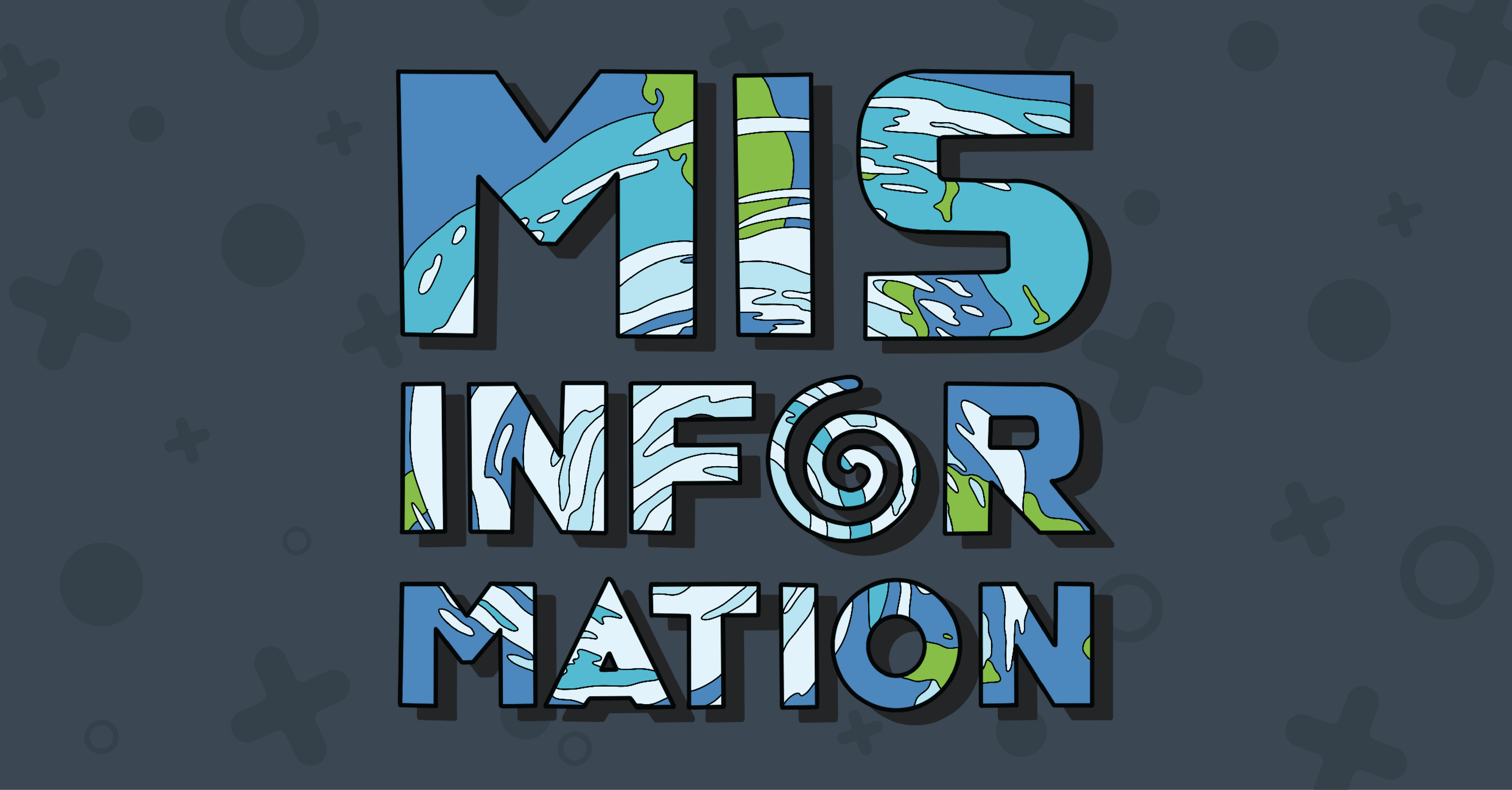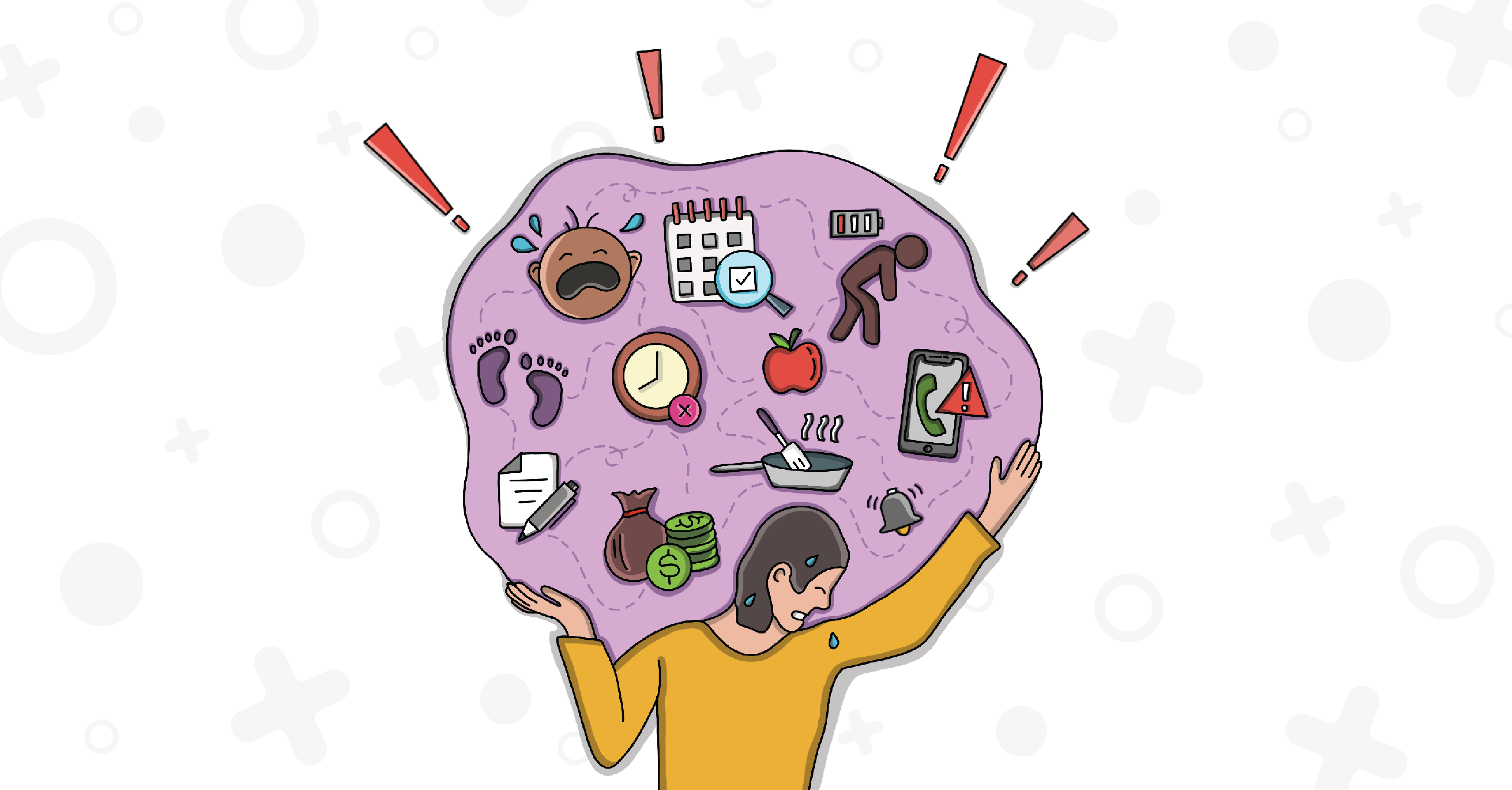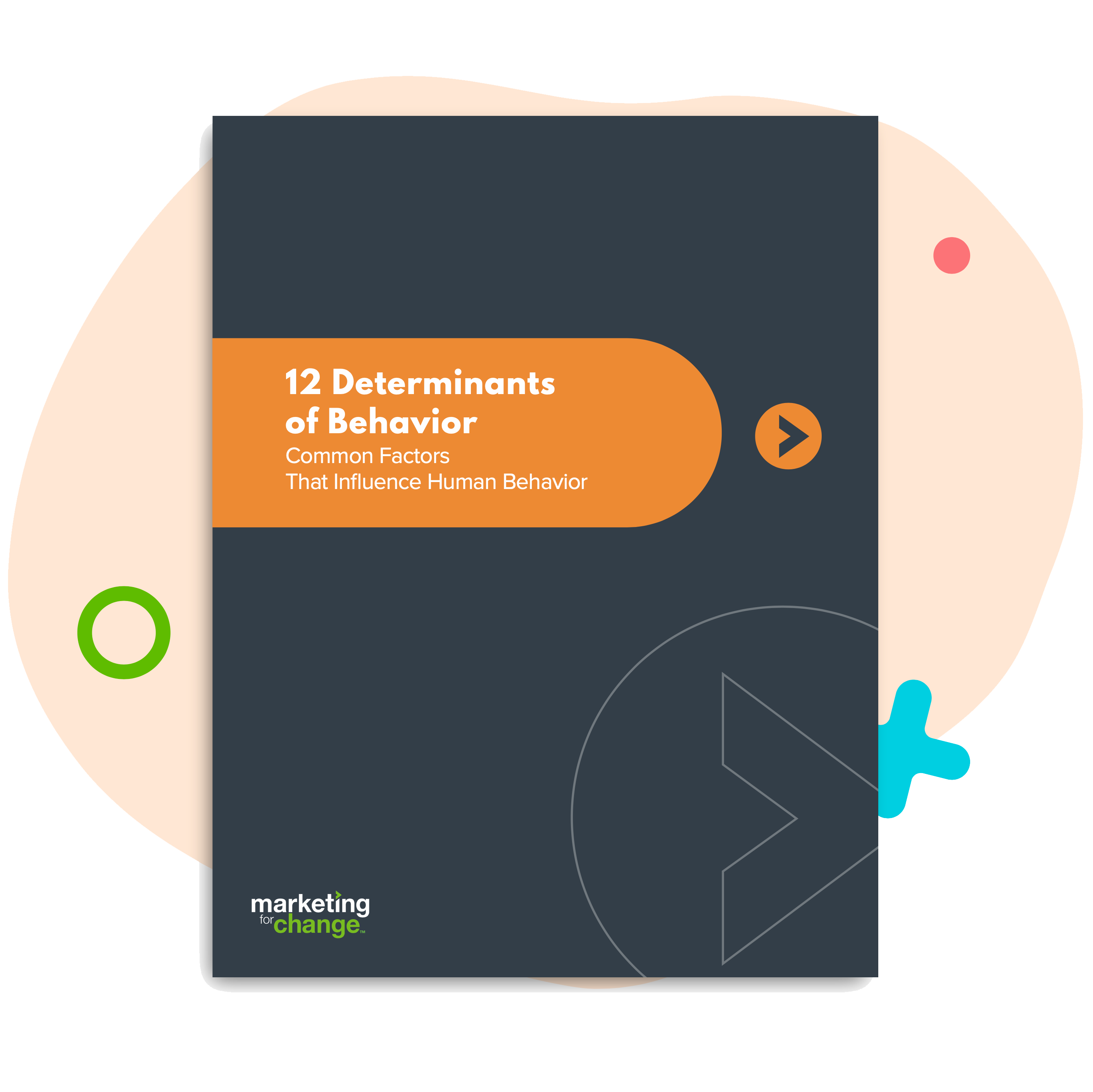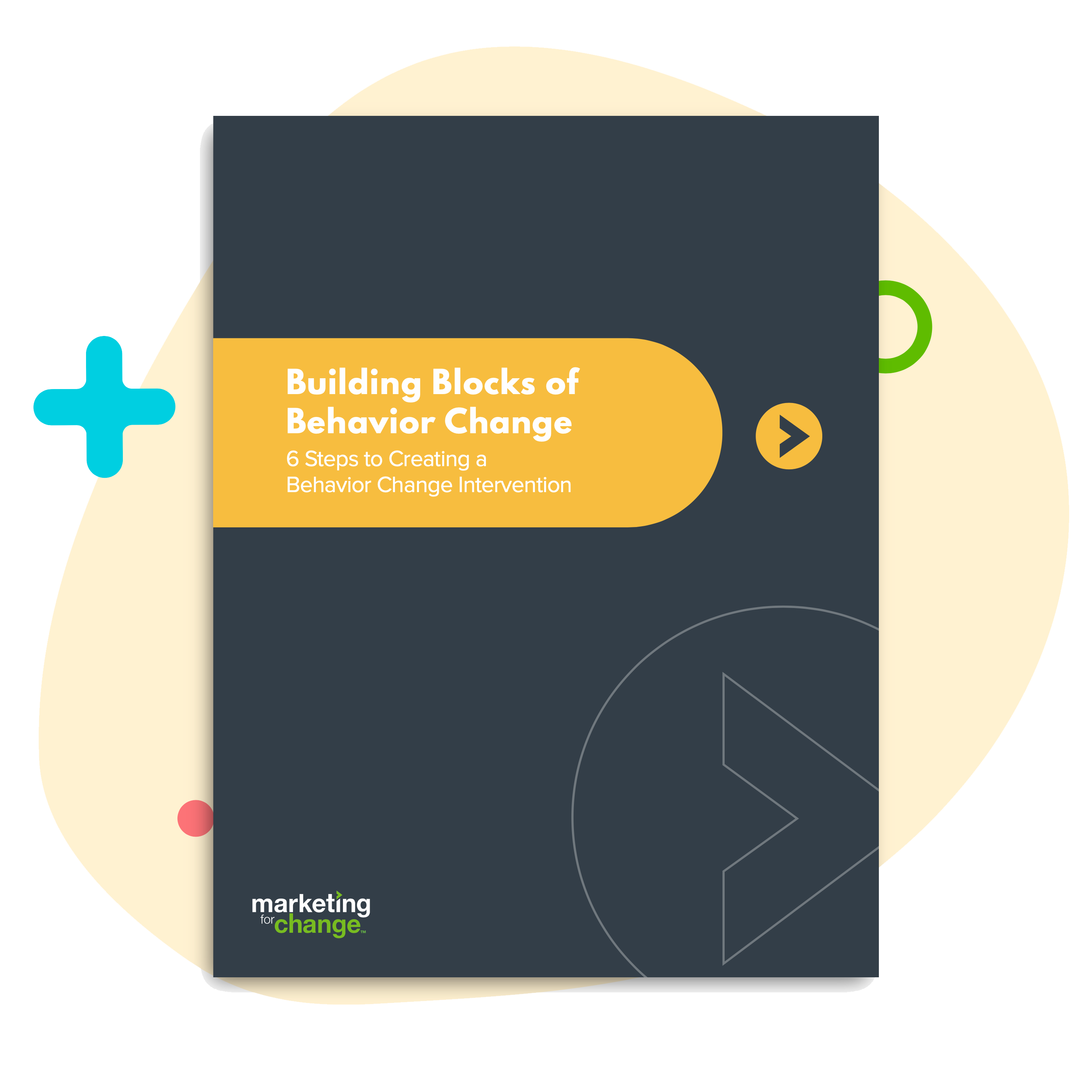Looking to Spark Change? Make an Offer. And Make It a Good One.
If you or your organization are in the field of sparking change, the new year is a prime time. You and your team are likely busy mapping out all of the ways that you’ll make an impact.
As you do, I’d encourage you to do two things: (1) ask if you’re making your audience an offer and, if you are, (2) ask if your offer is a good one.
Let’s discuss.
An offer is simply an exchange. It typically follows this structure: “If you do this, I’ll give you that.” If things go according to plan, both parties get what they want.
You need an offer because you need people to change. You need people to wear their seatbelts and cut back on sugar and help preserve local parks. But it’s not likely that your audience is currently looking to make this type of change. They, like you, have a dozen other priorities. So while your issue may be important and the change you’re looking to make impactful, that’s not enough to spring your audience into action.
You need to make an offer. Show your audience how the thing you need them to do fits in with what they already want. And because your issue is likely not top of mind or top priority for your audience, you need to make a good offer (which is really just an offer that is well designed).
Here are a few ways to do it.
Base your offer in a behavioral determinant.
Behavioral determinants are the things that influence what people do. I’ll go out on a limb and guess you’ve heard us harp on them before. They’re the basis of the framework that we use to build behavior-based campaigns.
Since our site is filled with articles explaining the value of a behavior-based approach, I won’t belabor the point. Just know that while using behavioral determinants well is an art and a science, we offer plenty of resources to help. And we’re only a call (or an email) away.
Lead with what people want. And be willing to leave your issues at the door.
Remember, an offer typically goes something like, “If you do this, I’ll give you that.” When building an offer, don’t shy away from hyper-focusing on the second part of that sentence. Lead with what you will give your audience. You can, and probably should, make the details about your issue secondary.
We’ve done this often. When asking Floridians to skip summer fertilizer that was polluting a local waterway, we led with “protect your fun.” We promised that they could keep kayaking and scuba diving and tubing in the waters that they loved, as long as they skipped the fertilizer that threatened those areas. When hired to engage Baltimore residents in tree planting across the city, we invited them to gatherings instead. We planned meetups of like-minded folks (like skateboarders and football fans), focused on the fun, brought trees to the event, and embedded planting into that already rewarding experience.
Leading your offer with what your audience wants gets their foot in the door. Once that happens, you can begin to educate them on your issue and show why it’s important. We used that approach in both of the campaigns above. We led with what they wanted and let them come to the issues organically.
A hack I often use is to ask what a commercial advertising campaign might look like for what I’m working on. If I check myself on the instinct to offer a long explanation of the issue or to convince people it’s important, it’s easier to design like commercial advertisers do. They lead with how their product or service can make people’s lives more fulfilling and fun. And it works.
Offer an immediate reward.
If you’re working towards big change, the results of your efforts may not be immediate. But humans have a hard time getting motivated now if the gain can only be experienced in the future.
Find a way to design immediate rewards within your offer. Here’s an example of how we’re doing that in a current project.
One of our clients wants to help their community cut back on sugary drinks because diabetes is prevalent in their community.
Yes, our ultimate goal is to work with this community to see a reduction in diabetes overtime. But that future reward is not what we’re promising people today. It’s not motivating enough right now.
Our research with this community found that sugary drinks have become an important way to indicate that you are a good host. And because getting together for large gatherings is a community norm, being a “good” host is a highly valued trait. So we’re working with the community to design a campaign that connects serving lower sugar drinks with being a thoughtful host – one who is trying to do what’s best for their family, friends and loved ones. We’re designing easy to make, fun to drink soda and juice alternatives that are great for gatherings. We’re providing immediate rewards like the opportunity to feel like a great host and the opportunity to create unique dining experiences for your guests.
If nothing else, ask the question.
If you don’t have the time or resources to take all of the steps above, just start by constantly asking yourself and your team if you’re making an offer at all.
It’s a simple question, but it’s grounding. It helps you ensure you’re using a foundational aspect of behavioral design in everything you do.
So, as you get ready to change the world in 2024, make sure you’re making an offer, do your best to make it a good one, and that’s how you’ll make an impact.

Meisha Thigpen is Creative Director at Marketing for Change.






